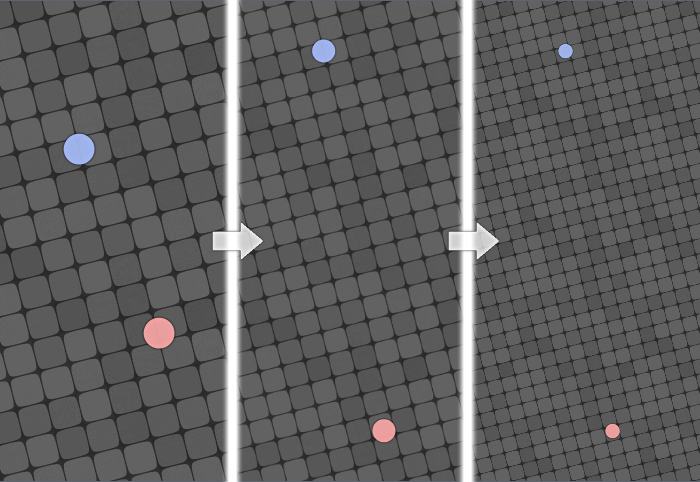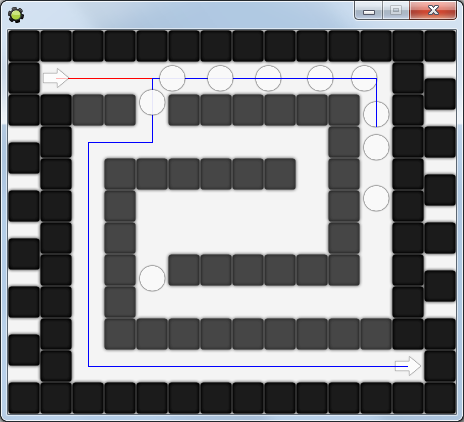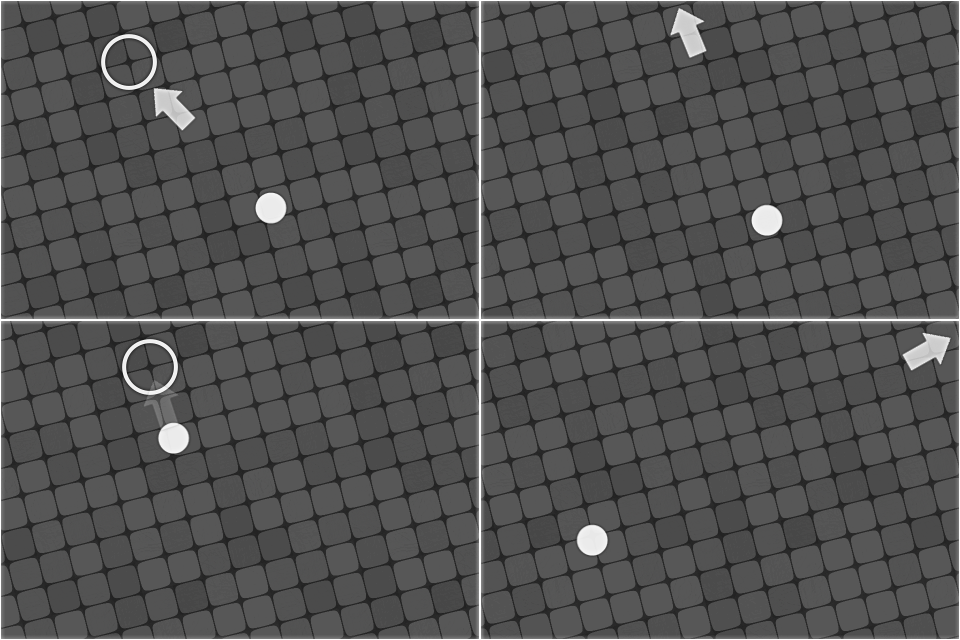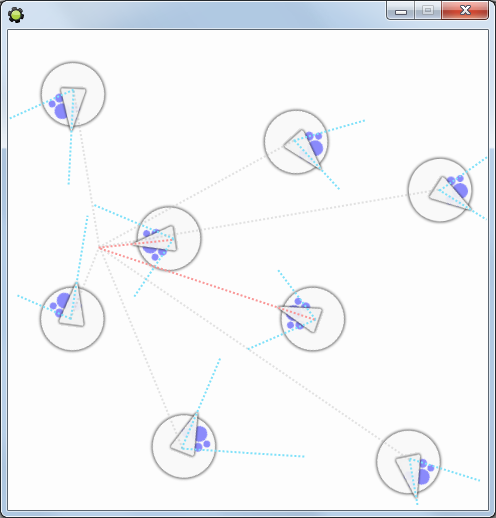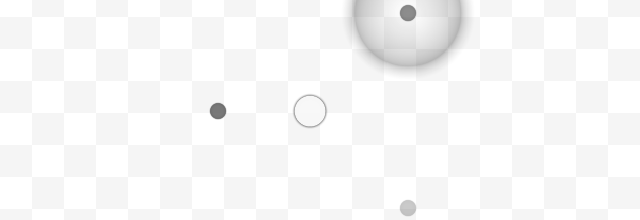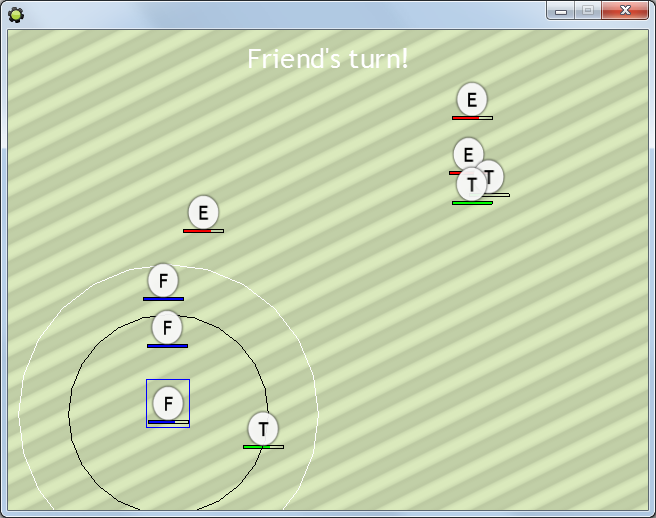
Today I've spent some time making this intermediately impressive turn-based battle example.
It supports infinite number of unit "teams", configurable properties, inheritance, and more.
Built-in system will also attempt to reduce chances of developer (you) accidentally messing up something.
And there's easily configurable AI built-in too.
Overall, I somewhat got carried away while making original example, which was planned just include turns with unit selection.
![[dinosaur peeking in from the right] Hey! I now have a newsletter! Come take a look.](https://yal.cc/wp-content/themes/dotpage/images/mailing-list.png)
